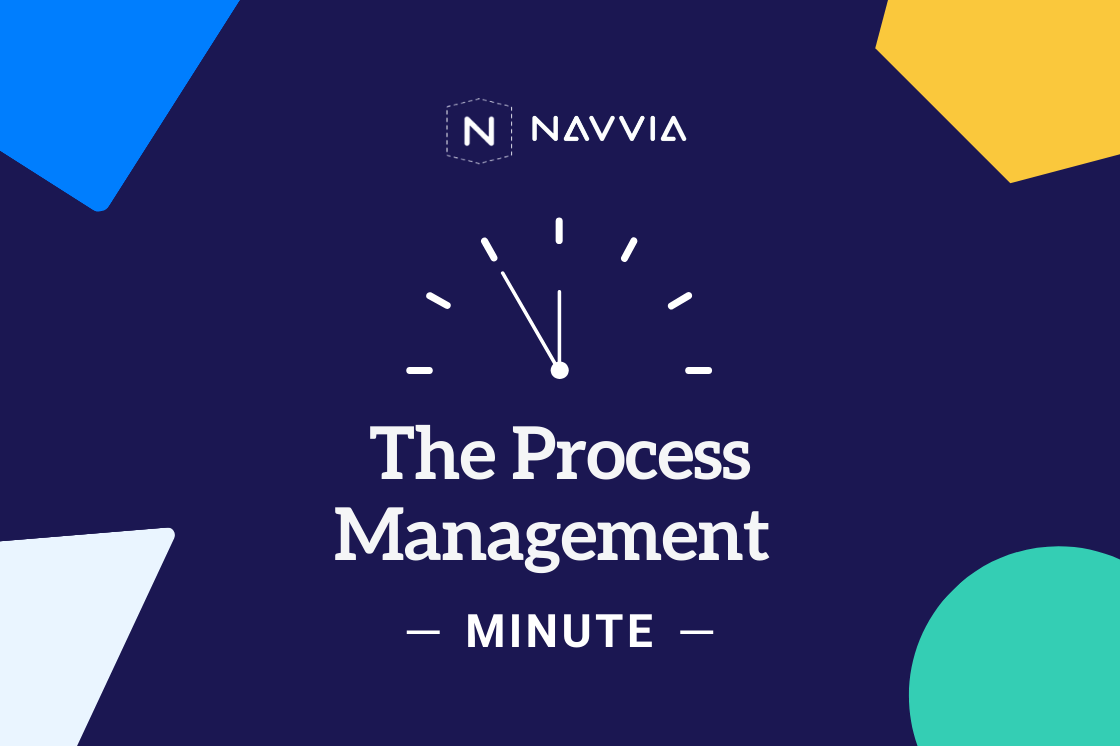Thoughts on Business Process Management and Digital Transformation
Companies are digitally transforming their operations to improve efficiency, enhance customer experience and drive profitability. But can this be successful without a focus on Business Process Management?
On the surface, these seem like two very different things. When people think about processes, the words bureaucratic, complex, inefficient, and rigid often come to mind. Digital Transformation, on the other hand, is new, exciting, and modern.
The fact of the matter is, to have a successful Digital Transformation, you need effective Business Process Management.
What is Business Process Management and Digital Transformation?
Business Process Management (BPM) is a set of practices and tools that help an organization discover, model, optimize, manage, improve and automate business processes.
Digital Transformation is the digitization of existing business processes or the creation of entirely new digital operating models (think Uber, Air Bnb, and Netflix) to improve efficiency, customer experience, and profitability.
Business Process Management and Digital Transformation Failures.
BPM often gets a bad rap because companies focus on a process's one-time creation and documentation, not on optimization, management, continual improvement, and innovation. Because of that, processes break down and fail to meet requirements. Rather than companies focusing on the lack of process management, the process or automation tool gets blamed. We've seen many companies throw away a great tool because of an inefficient process.
Regarding Digital Transformation, many initiatives fail, with some research citing 75% failure rates. Two main reasons for this high failure rate are poorly defined processes and incomplete automation requirements. Another key reason is poor organizational change management.
How does BPM help drive Digital Transformation?
There are several ways in which a foundation of BPM can help improve a digital transformation initiative. These include Customer Journey Mapping, Requirements Gathering, Business Process Automation, Adoption, and Continuous Process Improvement & Innovation.
Customer Journey Mapping
A customer journey map is a diagram that describes how internal and external customers interact with your company, be that an online interaction or an in-person one. Your company's processes are the ultimate customer journey map. They show the workflow through the company and highlight roles and responsibilities, data flow, technology interactions, and more.
Your processes are the map that guides your digital transformation.
Requirements Gathering
When digitizing a process or building a new online business model, it is essential to have a comprehensive set of requirements. BPM can help by first discovering the existing process, identifying areas of optimization, and modeling an optimized process.
As part of business process modeling, the business analyst maps user stories to the flow, thus capturing the various personas and requirements in the "voice of the customer."
Processes are the starting point for practical requirements gathering.
Process Automation
In our experience, there is often a disconnect between the process and requirements and what gets automated. Functional and technical requirements are often "thrown over the wall" to developers, who either misinterpret them or build from incomplete requirements. Sometimes, a third party hired to do the development has its methodology and follows a different path.
The business analyst should remain active throughout the automation/build process.
Digital Transformation Adoption
BPM can be critical in helping with organizational change and adopting the new solution. A fundamental principle of BPM is collaborating with the stakeholders in developing the processes. Its starts with sponsorship, the assignment of process owners, and the involvement of key stakeholders. This collaboration helps to build a coalition of champions who can, in turn, sell the value to the rest of the company. Additionally, the materials developed through the process design, such as flows, RACI charts, SIPOC daigrams, process guides, and procedures, can be used as training materials for the rest of the company.
BPM is an essential part of your organizational change initiative.
Continuous Process Improvement & Innovation
After deploying the new solution, it is essential to monitor its performance and look for ways to improve and enhance it. That is where BPM's monitoring, management, and improvement phases come into play. The process owners must ensure the solution continues to deliver value by adopting one of the many continuous improvement models available, such as CMMI (capability maturity model interactive) or PDCA (plan, do check, and act).
Lean more about the connection between BPM and Digital Transformation.
Business Process Management is an essential tool for helping with the success of any Digital Transformation initiative. It provides the structure and techniques to drive Customer Journey Mapping, Requirements Gathering, Process Automation, Adoption, and Continuous Process Improvement & Innovation. Originally published Oct 26, 2018 09:51, updated Jul 20, 2022
Originally published Oct 26, 2018 09:51, updated Jul 20, 2022


